Processing digitized color negatives
Apr 12, 2022 16:09:57 #
DWU2 wrote:
What post-processing software do you have now?
I have been using PhotoLab and its predecessors for the past decade.
Apr 12, 2022 18:31:51 #
gmw12 wrote:
I have a bunch of color negatives which I photographed and saved as jpegs and RAW files. Is there a free programme which can handle the conversion into positives, including the neutralization of the orange mask ?
(I tried GIMP but the learning curve is a bit too steep).
(I tried GIMP but the learning curve is a bit too steep).
This is my take on it, complete with links to resources. The attached file opens in your favorite PDF reader.
Apr 13, 2022 08:55:36 #
Apr 13, 2022 10:49:48 #
gmw12 wrote:
I have a bunch of color negatives which I photographed and saved as jpegs and RAW files. Is there a free programme which can handle the conversion into positives, including the neutralization of the orange mask ?
(I tried GIMP but the learning curve is a bit too steep).
(I tried GIMP but the learning curve is a bit too steep).
The biggest issue with 'free' is that it isn't without the costs of time, frustrations, poor quality, a long learning curve, and other expenditures. "Free" options may be out there, but they might be so painful to use that you give up quickly.
There is a good reason the systems that work well cost money. Converting color film negative images to positives that resemble reality (or at least resemble Type 'C' traditional silver halide chromogenic process prints) is very complex. I know, from having run a very high volume, very high speed, very high quality scanning operation in a commercial professional portrait lab for five years (late 2000 to early 2005). The systems we used were:
> Kodak DP2 Print Production Software (a MS SQL industrial class server database)
> Nine Kodak Bremson HR-500 and HR-500+ scanners
> Nine Kodak Wheelman color correction stations with calibrated, profiled monitors
DP2 was a $40,000/year license. It ran on about 75 workstations in the lab (at no extra license charge per PC)
The scanners cost about $55,000 each with computers to run them.
The Wheelman setups (color console, high-end PC, monitor, furniture) cost about $4000 each.
The network infrastructure to make use of the system and its data cost millions. And, of course, we printed on Noritsu digital mini-labs (100K to 180K each x 15)
The results from the system described in my white paper (the PDF attached above) will do a job at least as high quality as those expensive commercial systems did for us back when film was still king. But remember the old adage, "Good, Fast, and Cheap... Pick any two?" It's good and cheap. It's much slower than the lab was. The lab was good, fast, and expensive! We scanned 7 to 9 images per second during peak usage.
You do need:
> A subscription to the Adobe Photography Plan, about $11/month with tax included.
> Negative Lab Pro Lightroom Classic Plug-in software ($99 one time, plus tax).
> A well-diffused light source capable of very high "color rendering index" output (under $50)
> A suitable film holder — the EFH is under £100. It's a little more in dollars due to exchange rate and shipping.
> A computer with custom-calibrated and custom-profiled monitor (I assume you have that already).
> A camera and macro lens (I assume you have that already).
> A tripod or copy stand or other device to keep the film parallel to the sensor (I assume you have that already).
Here are a few samples of scans from the setup I describe. These were particularly difficult to process due to the age of the negatives and the conditions under which they were stored:
Made in the mid-1970s on Kodak Vericolor II color negative film.
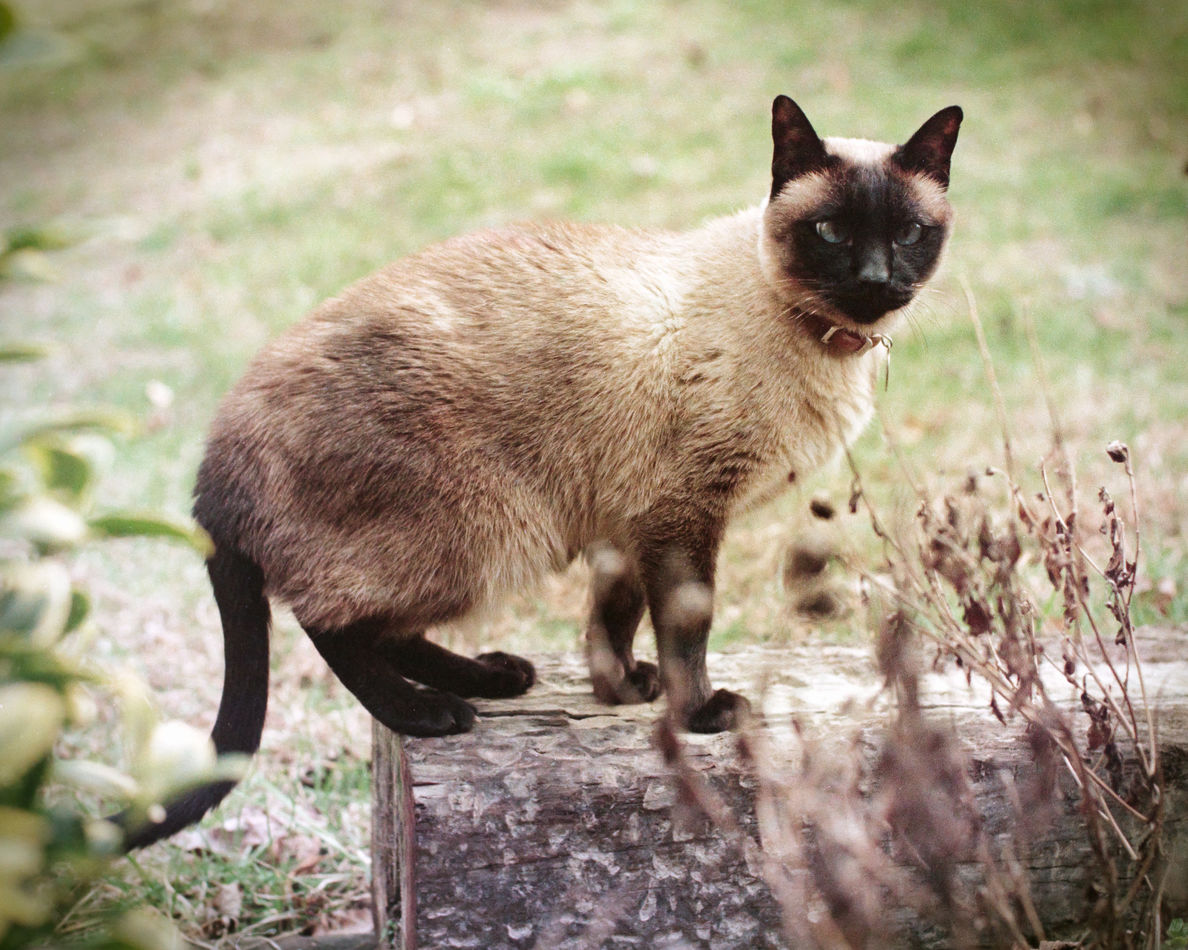
(Download)
Made in the early-1970s on Fujifilm of some sort. (Family negative)

(Download)
Original too small to download on UHH, but made on a Fujicolor film in June, 1978.
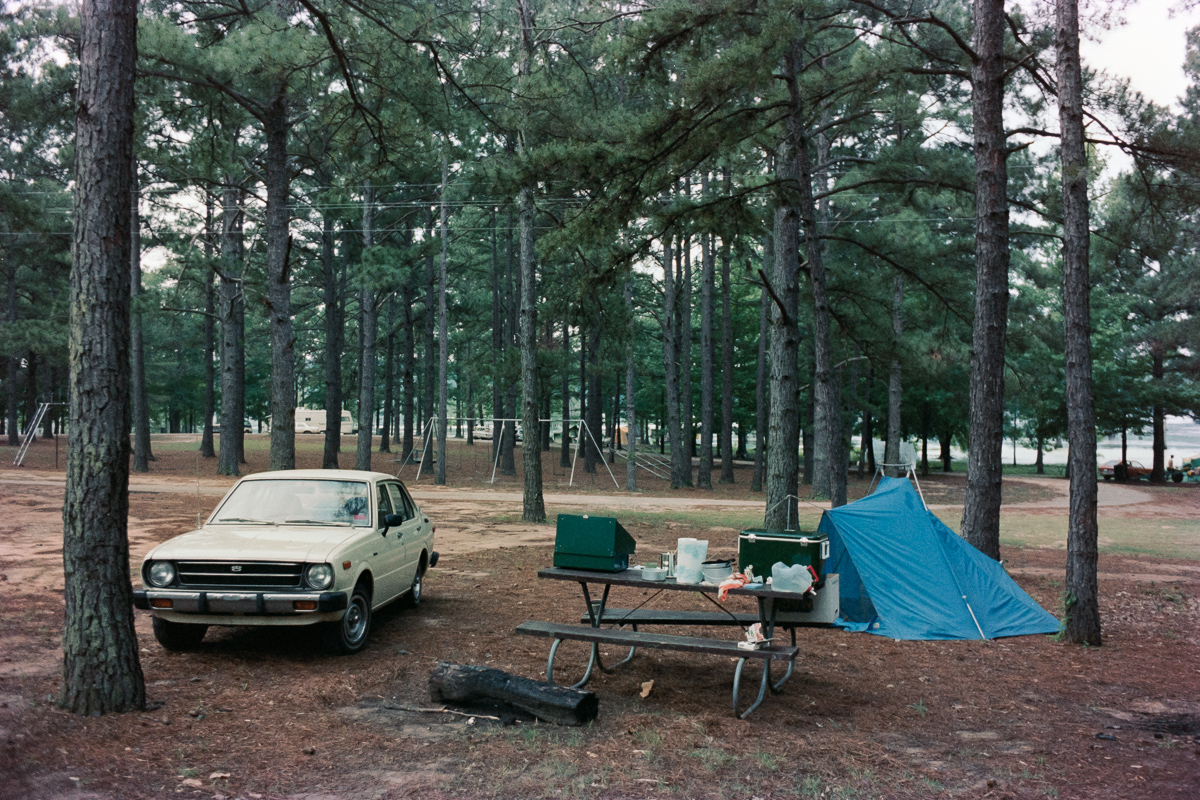
Apr 13, 2022 11:39:21 #
gmw12 wrote:
I have a bunch of color negatives which I photographed and saved as jpegs and RAW files. Is there a free programme which can handle the conversion into positives, including the neutralization of the orange mask ?
(I tried GIMP but the learning curve is a bit too steep).
(I tried GIMP but the learning curve is a bit too steep).
Here are a few more, from B&W negatives and color slides. Negative Lab Pro is excellent for B&W conversions. The NLP profile is useful for color slide conversions, too, as it is very flat and allows Lightroom to use all of the tones of a raw capture.
View these (and my previous posts) in Download mode for best results.
35mm Tri-X negative
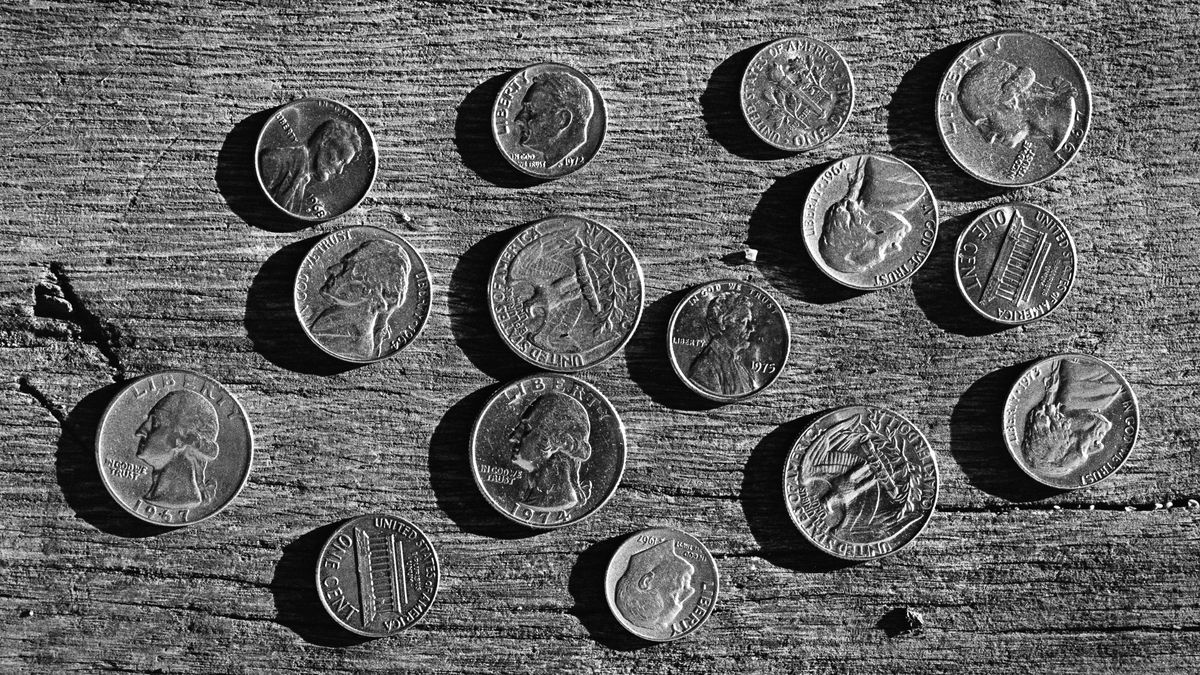
(Download)
35mm H&W Control VTE film (a microfilm developed in a "compensating" developer)
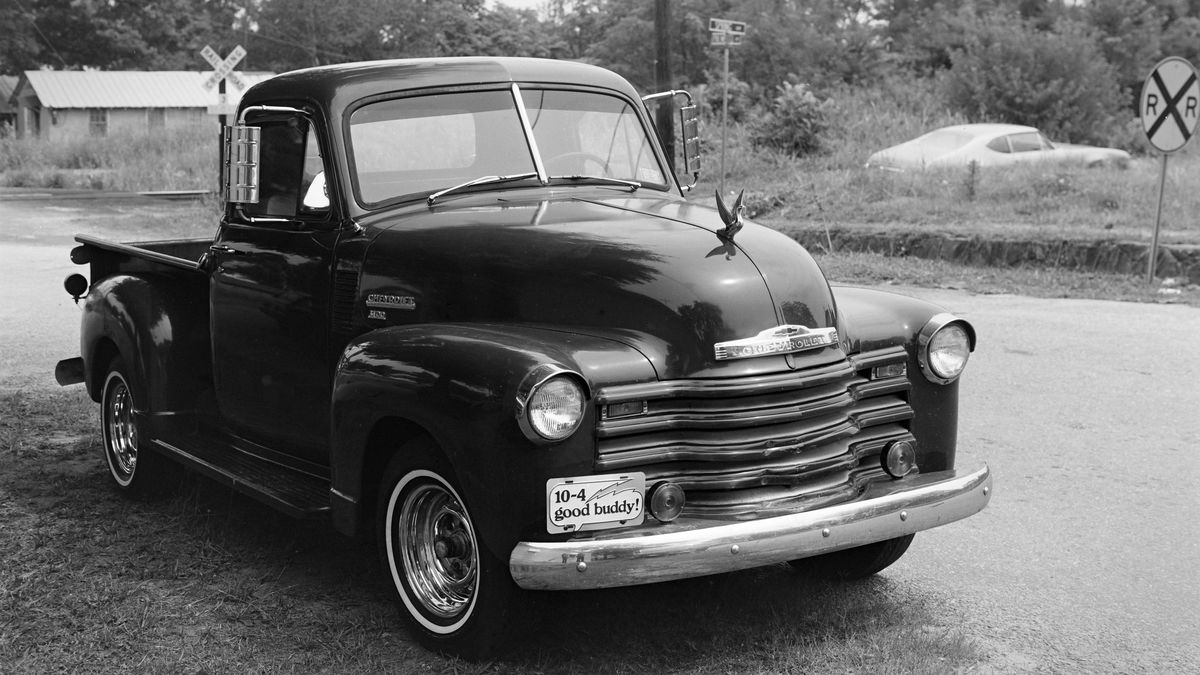
(Download)
35mm Tri-X negative
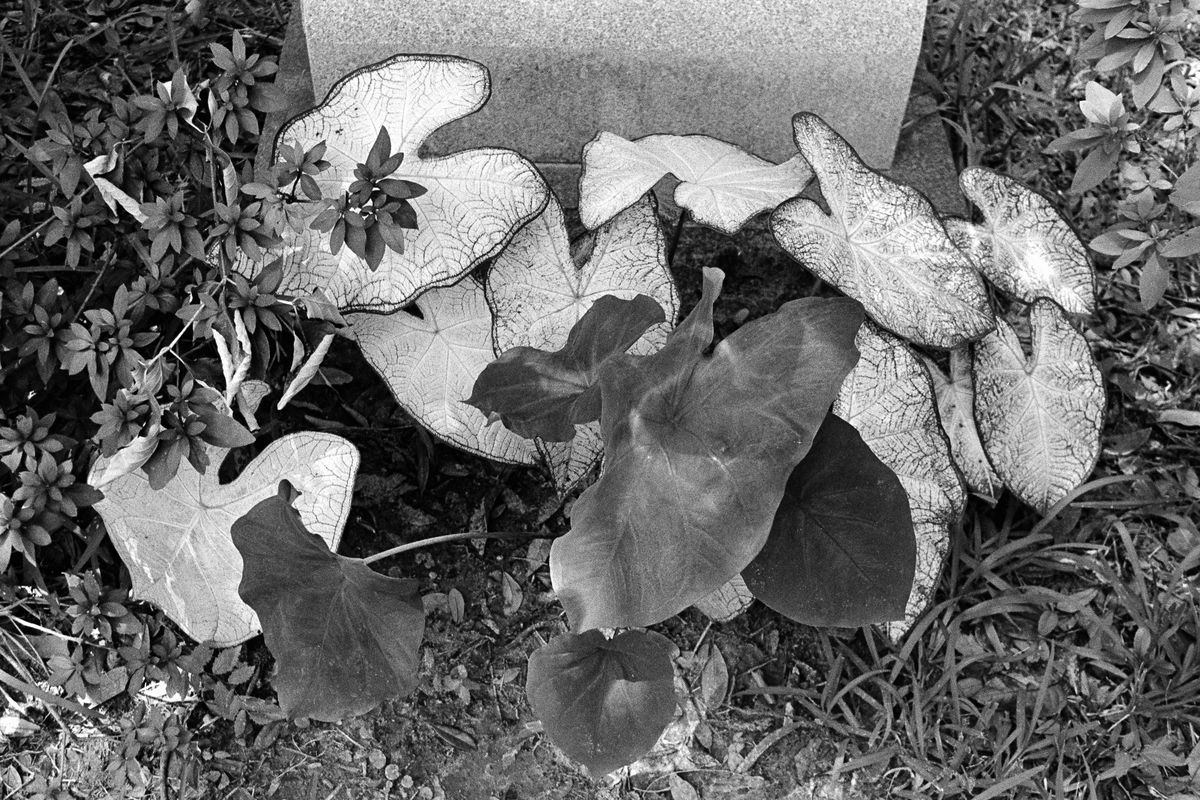
(Download)
35mm Ektachrome INFRARED film with no filter (false color film sensitive to heat and light) (And yes, that is a real place.)
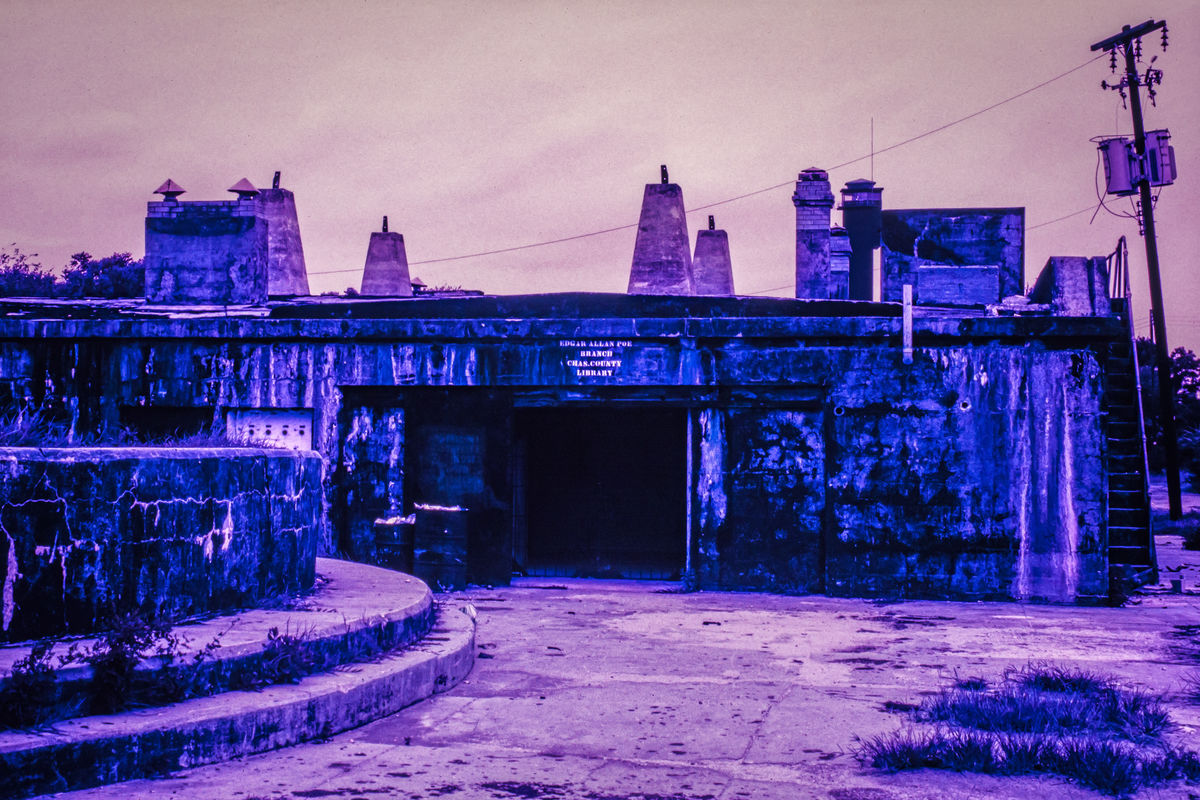
(Download)
35mm Kodachrome 64 film (original badly underexposed…)
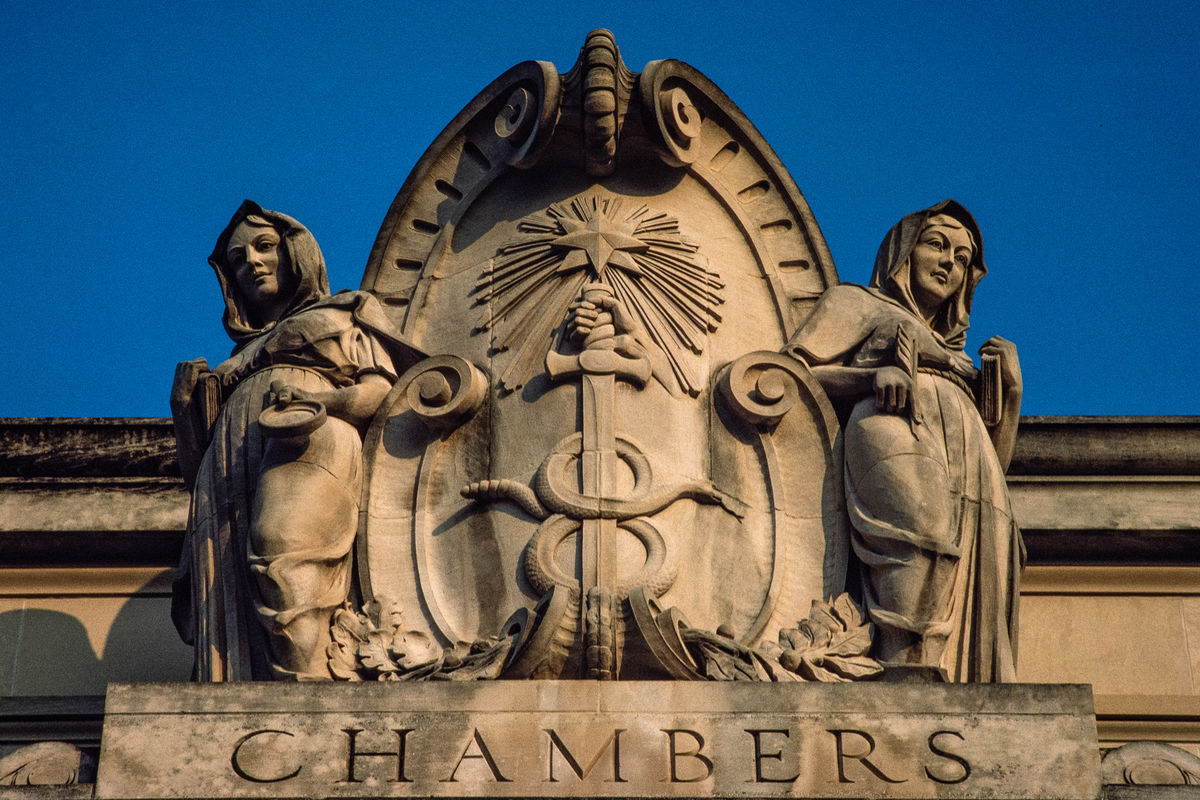
(Download)
35mm Kodachrome 64 film
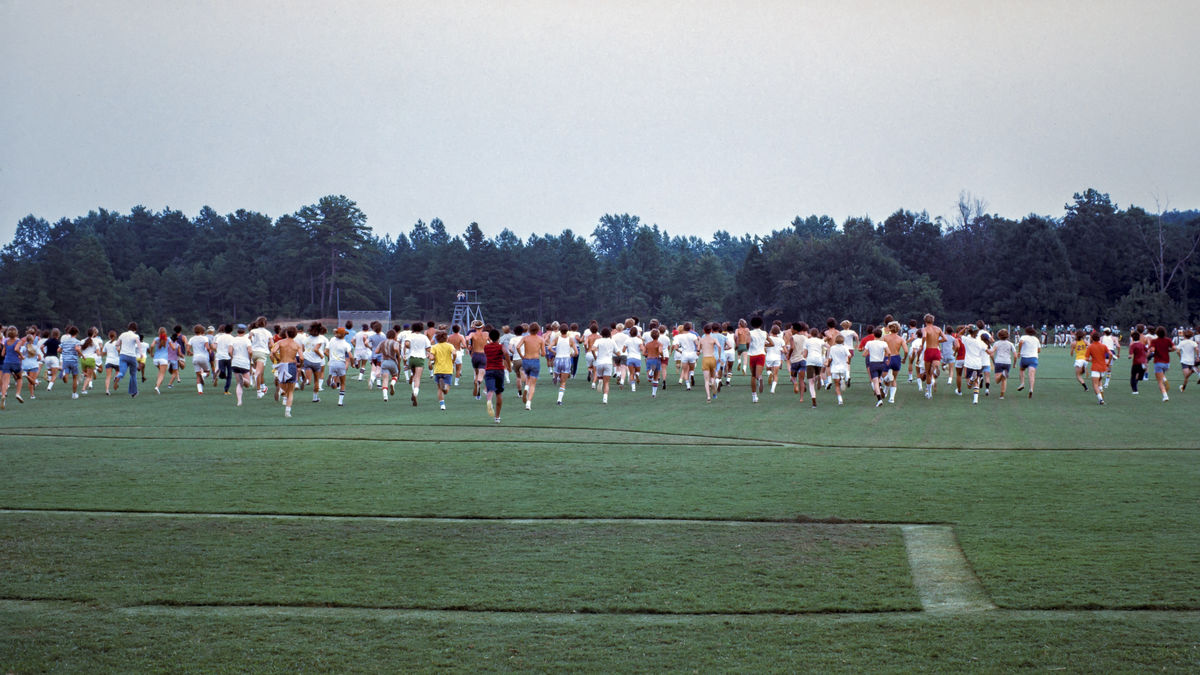
(Download)
Apr 15, 2022 03:57:50 #
Thank you Bill for all your inputs, I really appreciate. In the past couple of years I digitized my tens of thousands slides from 1970 upwards, using a set-up similar to yours: a Durst M-605 enlarger transformed into a copy stand, an old Multiblitz Side Duplicator flash formerly used for film duplication, with a couple of ND gels (because the flash intensity can not be adjusted). I used to copy the slides emulsion side up in order to focus on the film grain rather than through the acetate.
I find half a dozen color negs in my archive which I wanted to convert, reason why I was looking for an unexpensive piece of S/W.
I find half a dozen color negs in my archive which I wanted to convert, reason why I was looking for an unexpensive piece of S/W.
If you want to reply, then register here. Registration is free and your account is created instantly, so you can post right away.

